In the village of Csaroda some 3 km east of Tákos is this lovely Romanesque church, dating from the late 13th century.
It is a wonderful hybrid, with both Western- and Eastern-style frescoes (some from the 14th century), as well as some fairly crude folk murals (1647). Note the pews decorated with birds. Nearby is a wooden bell tower of a more recent vintage.
The church in Csaroda, built in Late Romanesque style is the most beautifully shining jewel of the Route of Medieval Churches. One of the symbols of the Bereg region is a slender tower ending in a needle-sharp spire, which strives towards the sky. This architectural element is a decoration belonging to the church erected on the flood-plains of the small river Csaroda. This church is one of the most widely known medieval monuments in Hungary. By virtue of its classical division; the unity of the tower, the nave and the sanctuary; the delicately balanced proportions of these three structural elements, this place of worship is an exquisite representative of medieval Hungarian architecture. The literature on Hungarian monuments started discussing Csaroda in the 1950s and since then this church has been considered a classic example for the rural churches built during the period of the Árpád-dynasty. According to earlier opinions, only the tower and the nave were built that early, while the nave stemmed from the 15thcentury. The archaeological excavations and wall explorations that started in 1971 proved though that the sanctuary and its vaulted ceiling have the same age as the nave. Hence, the church was built between the end of the 13th and the beginning of the 14th century.
Historical data do not help much in answering the various questions. The village was named after the small river Csaronda flowing nearby. It was mentioned for the first time in 1311 as a large group of noblemen attacked and destroyed the settlement. By the end of the 13th century, however, the village certainly had a church, since its priest was mentioned in 1299. In the following period, the patrons of the church were the members of the Csarnavodai family. This situation lasted until 1595 when the patron’s rights were transferred to the Calvinist Church. No major modifications had been undertaken for centuries. However, the medieval mural paintings were covered with lime coating in 1642, and later the walls were decorated both on the outside and the inside with floral motifs. The furniture and the wooden ceiling were renewed in the 18th century.
As it was almost compulsory in the case of medieval churches, the two sections of the space in the church of Túristvándi, the sanctuary and the nave, are divided by a so-called triumphal arch. Visually, it also indicates the borderline between the place reserved for the clergy performing the service – that is, the sanctuary, and the place for the believers to be used – that is, the nave. At the meeting points of these two sections, on the inner side of the arch, a square-based carved hole can be found. The holes do not really have a connection with the construction of the arch, as it is thought to be many times. These beams had a connection with the furnishings of the church. Primarily, a wooden sculpture or wood sculptures were placed on them. In Medieval times, their forms of depiction were prescribed, in each of the cases, the Crucifixion was illustrated. The original Latin name of the genre is “crux triumphalis” – that is, “triumphal cross”, which refers to Christ’s victory on the cross. According to their placement, they are called “triumphal arch crosses” in the Hungarian language.
At this point, external content (map/ OpenStreetMap) is displayed if you allow it: Privacy settings
Related members:
Additional touristic information
Information
Short info
Csaroda is a village in Szabolcs-Szatmár-Bereg county, in the Northern Great Plain region of eastern Hungary. Csaroda is in Szabolcs-Szatmár-Bereg county, on the Beregi-plane, near to Nyíregyháza (73 km) and to Vásárosnamény (12 km).
Geographie
It covers an area of 24.68 km2 (10 sq mi) and has a population of 654 people (2001).
Sights
Csaroda has its beautiful little 13th-century Romanesque village church with 14th-century Gothic frescos, 17th-century paintings and wood-carvings. An old wooden bell-tower stands by the church (13th century)
Events
Csaronda Party Folk Art Festival
date: 23. july 2019
Location: Csaroda, Gardens of the Church
4844 Csaroda, Kossuth u. 9.
Tel: +36 45 484 801
Email: polgarmester@csaroda.hu
Web: www.csaroda.hu
Public Holyday
date: 20. august 2019
Location: Csaroda, Centre
4844 Csaroda, Beregszászi utca 14/b
Tel: +36 45 484 801
Email:polgarmester@csaroda.hu
Web: www.csaroda.hu
Accessibility
Road transport
The M3 motorway will connect Vásárosnamény directly to Budapest. Otherwise from Polgár take route #36. From Miskolc take #37 to #38. From Debrecen take route #4.
Train
Trains leave from both the Budapest Nyugati and Keleti stations several times a day. It is recommended to take one of the many InterCity trains, as the journey will take approximately three hours. You will have to pay an additional fee for your seat reservation (automatically issued at the ticket counter), but the limited seats may disappear quickly, especially on weekends when many students are travelling to and from the capital. InterCity trains run either through Debrecen or Miskolc.
Bus transport
The region’s major cities and larger municipalities in the country to launch a long-distance flights Szabolcs Volan Zrt.
Airport
Nyíregyháza, Debrecen and Satu Mare Airport
Nyíregyháza Airport is located to the North West of Nyíregyháza. No low cost airlines operate flights to Nyíregyháza Airport. However a budget airline does operate flights to the airport. Budapest International Airport which is the country’s premier airport is about 250 kilometres away from Nyíregyháza.
The Debrecen Airport is the second most traffic international airport in Hungary, which provides a unique look and feel for its partners!
web: Debrecen Airport
Our heritage
Historic Buildings
The church in Csaroda, built in Late Romanesque style.
Natural attractions
Csaroda and its surroundings lie in the heart of Szatmár-Bereg Landscape Protection Area. At the border of the village there are two special natural treasures such as the lake of the Nyíres and the Báb, which are known not only in Hungary but also in our borders. A similar landscape is only welcomed by peat bogs in the Carpathian Mountains.
Availability
Open from: January 01
Open till: 31. December
Admission: Adult: 300 HUF Student / Retired: 250 HUF
Denomination: Reformed
Professional guidance: Half-hour guidance.
Phone: +3645484905
Architectural style: Gothic, Roman
Type: church
Attendability: all year round
All sights in this country
-
Calvinist church in Csegöld →
Hungary
-
Calvinist church in Csenger →
Hungary
-
Calvinist church in Csengersima →
Hungary
-
Calvinist church in Kisszekeres →
Hungary
-
Calvinist church in Nagygéc →
Hungary
-
Calvinist church in Nagyszekeres →
Hungary
-
Calvinist church in Szamostatárfalva →
Hungary
-
Calvinist church in Tiszakóród →
Hungary
-
Reformed Church of Ajak →
Hungary
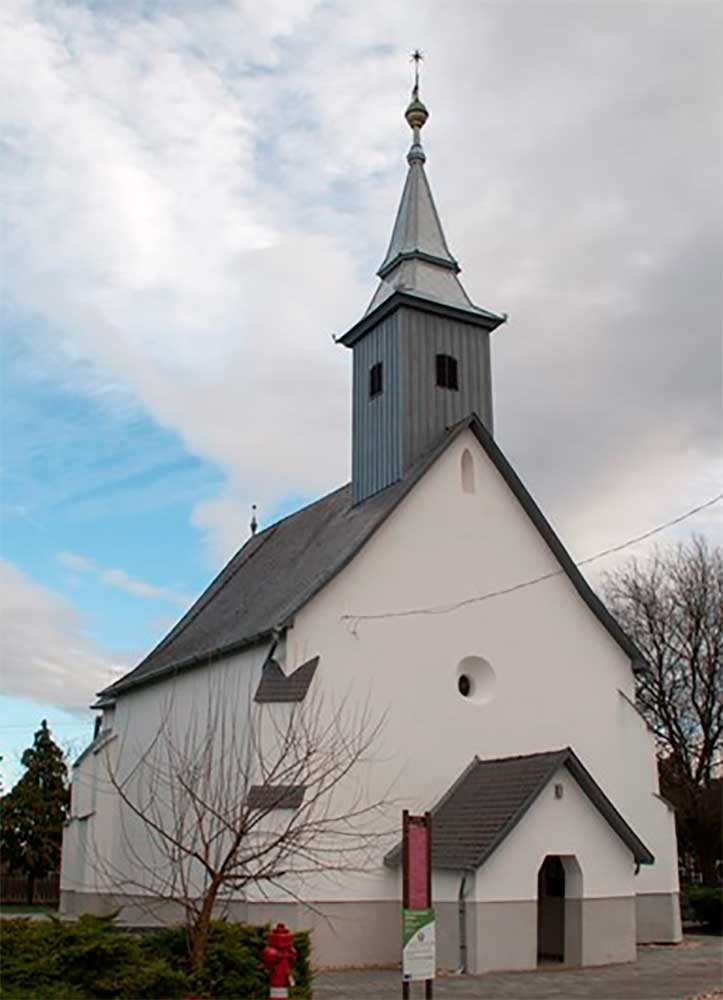
-
Reformed Church of Gyügye →
Hungary

-
Reformed Church of Kölcse →
Hungary
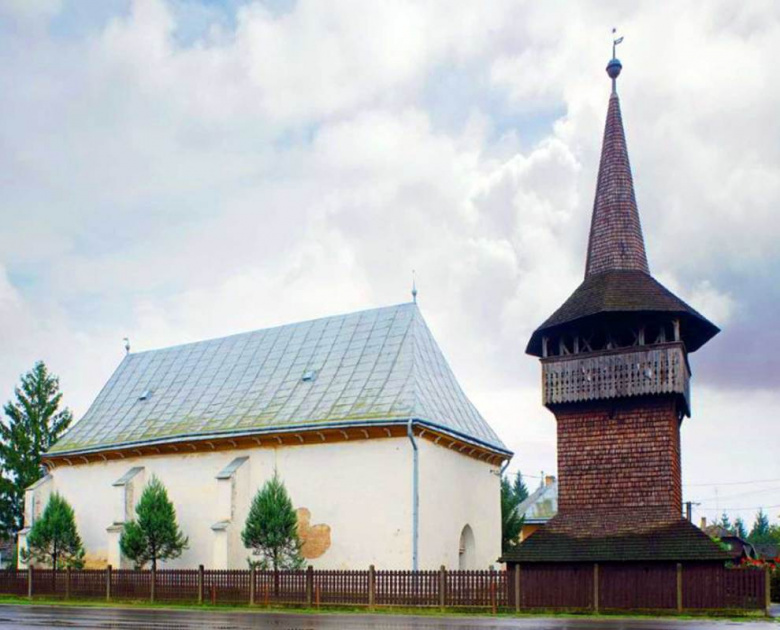
-
Reformed Church of Márokpapi →
Hungary
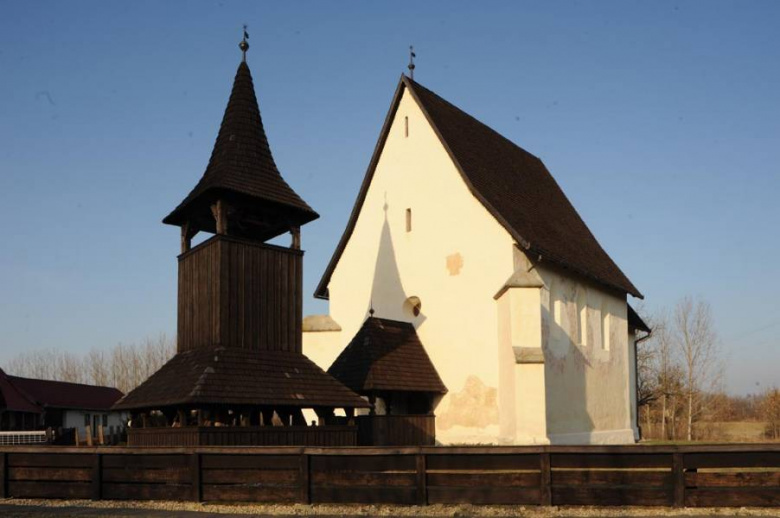
-
Reformed Church of Sonkád →
Hungary
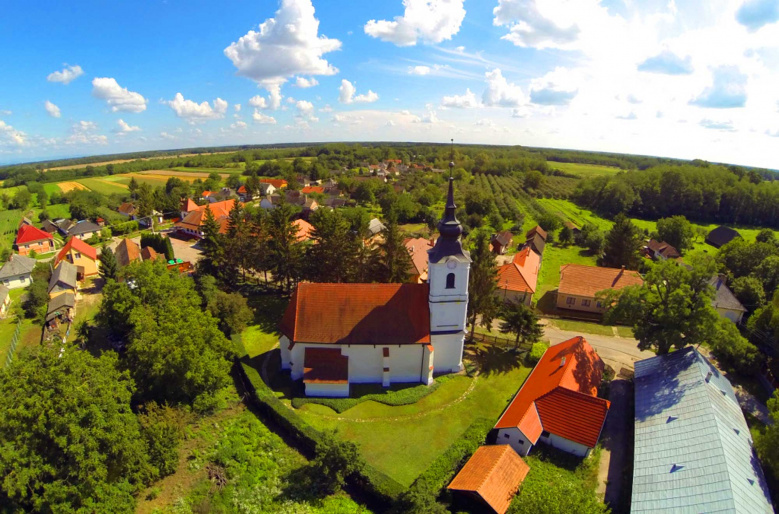
-
Reformed Church of Szamosújlak →
Szamosújlak / Hungary
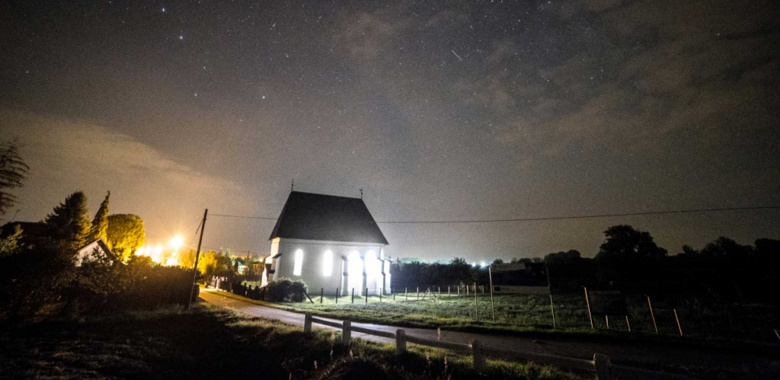
-
Reformed Church of Tákos →
Hungary
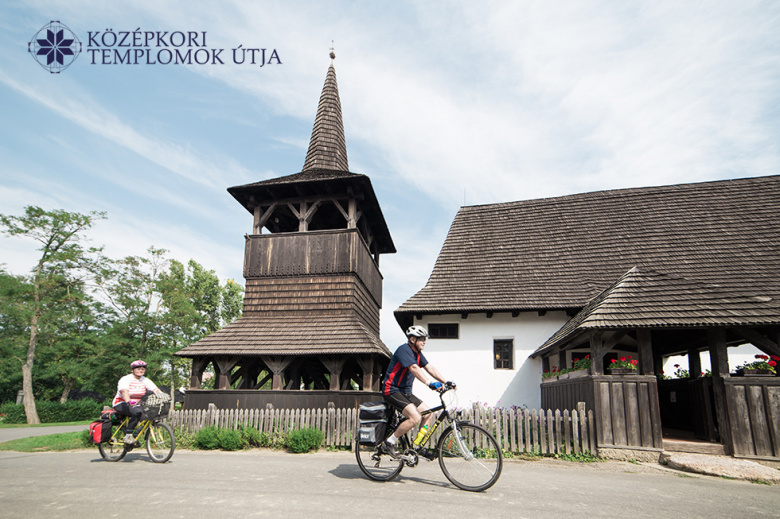
-
Reformed Church of Túristvándi →
Hungary
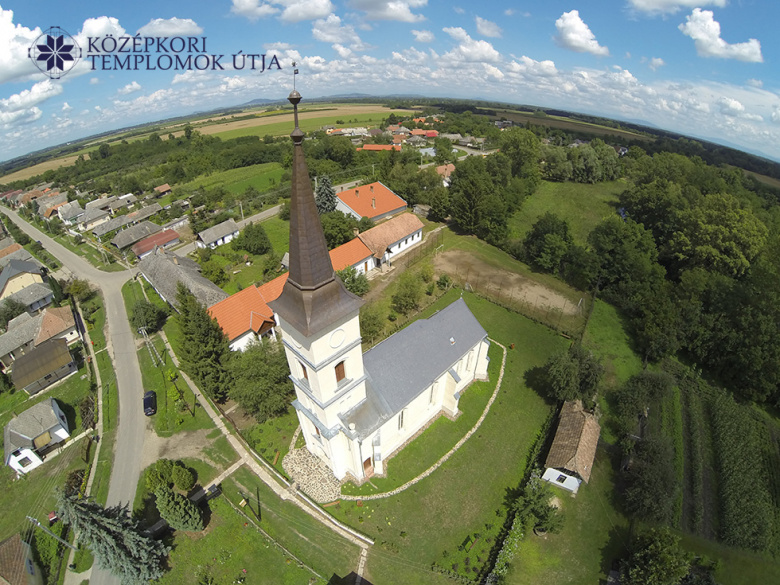
-
Reformed Church of Vámosatya →
Hungary
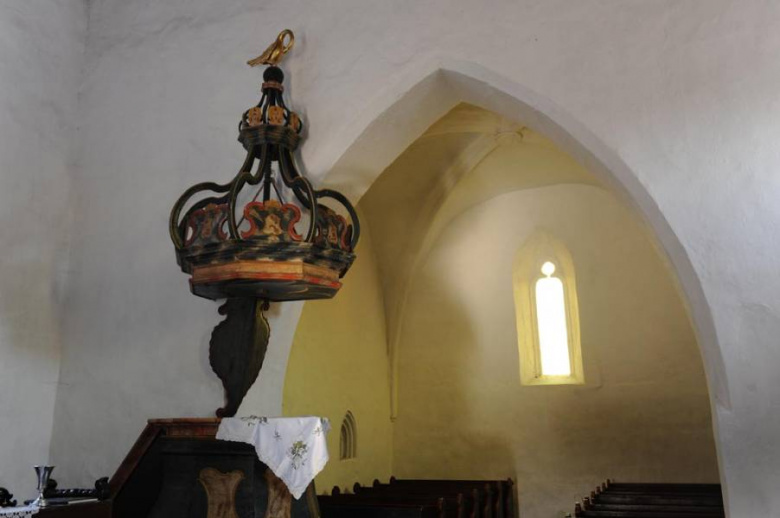
-
Reformed Church of Vámosoroszi →
Hungary
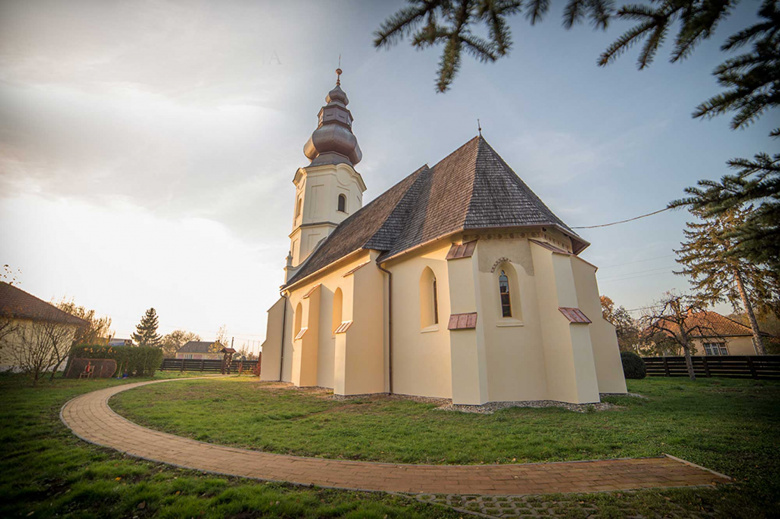
-
Roman Catholic church in Jánkmajtis →
Hungary
-
The Medival Church Route →
Hungary





